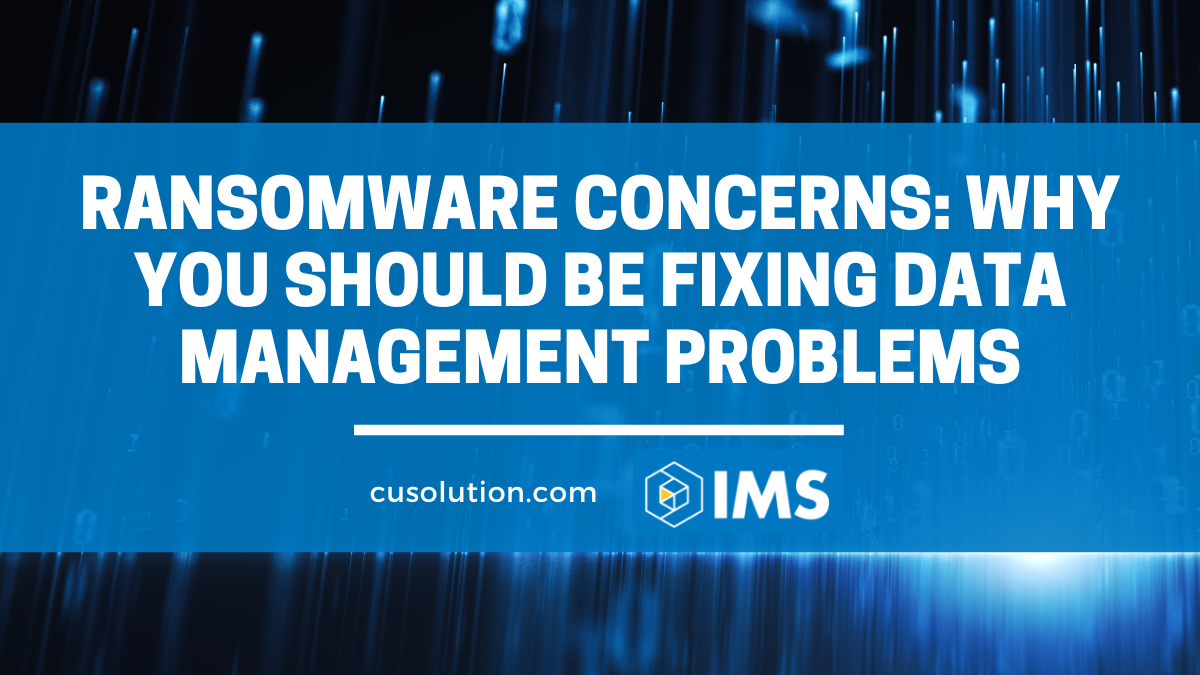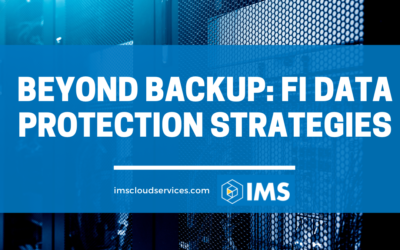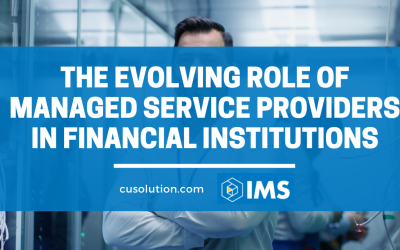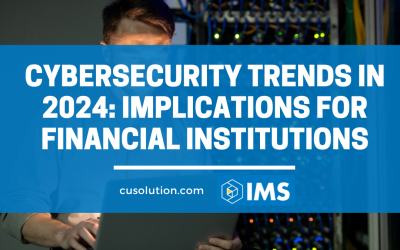Ransomware concerns are often categorized as cybersecurity issues rather than a result of data management problems. But there are emerging insights from the cybersecurity industry that underscore the importance of data management and other proactive technology programs and software in the fight against ransomware threats.
Here’s why you should be using data management to combat ransomware threats.
The Cost of a Ransomware Attack Is More Than Just the Ransom
Ransomware costs businesses more in the resulting downtime than it does in the ransom payment, according to TechCrunch.
Downtime causes a ripple effect that can be felt throughout your organization. From incident response measures to legal fees and support, not to mention the impact to customer experience, downtime caused by ransomware can get pricey fast.
Depending on the size of your business, that ransom amount can also be quite high. Your data management problems are only exacerbated by a successful ransomware attack.
Credit unions and other financial institutions are seeing a huge uptick in ransomware attacks, and that trend doesn’t look like it will slow down anytime soon.
IMS can help set you up for success and save up to 80% of primary storage costs, leaving you with more capital to run your business.
Good Data Management Is Always Learning
If your credit union were a smart house, data management is the technology that runs all your settings and cycles. Imagine your smart thermostat, for a moment. You can set it to learn how you manage your home’s temperature throughout the day. Pretty soon, the system will use these patterns to create a schedule that best fits your usage.
That’s how IMS’s machine learning works with your data. The software learns how your credit union employees and executives use data and where it travels, and it will notice when things go off track, like when someone tries to hack into your servers or gain access to sensitive data without authorization.
As your data management problems emerge, your IMS software can help you navigate to the most comprehensive solutions through compliance and data discovery tools.
Don’t Forget about the Big Picture
Your data is likely housed across physical servers, cloud systems, and other legacy processes. But because these fragmented processes can’t give you a good idea of how much data you have, or what it looks like in its entirety, you are setting your credit union up for failure.
To continue the house analogy: imagine you are at home, and a fire breaks out. When you submit your losses to your home insurance, you also submit photo and video evidence of your assets that were in the home – televisions, gaming systems, children’s toys, clothes, furniture, kitchen appliances, etc. Your insurance company then cuts you a check for your loss of those items.
If you don’t have this big picture view of your home, you may miss important things that were lost.
Your credit union data is the same. If you have no concept of the scope of your data, where it is, and how much exists, ransomware attackers can steal and corrupt files that are crucial to your credit union operations, but that you didn’t realize were missing until much later. Data management problems often require looking at specific data items and areas, but also need the context of your big picture data usage and storage to use as a framework or blueprint.
Visibility and pattern analysis (like those solutions offered through IMS Data Discovery) can show you what’s happening in every part of your data management system. Once you have this framework, you can see how your data is being used, who is using it, and when. And with machine learning, those patterns we talked about earlier – and any disruptions that happen within them – are easily traceable and visible.
The Role of Data Backup & Recovery
Preventing attacks should be at the top of the list of ransomware concerns. Much like driving a car or keeping your house locked, it’s easier to use defensive tactics to prevent issues, rather than to wait until the issues arise to address them. Even so, your credit union data is still likely going to be targeted by bad actors, and that means your reaction to an attack has to be as stronger or stronger than your attempts at prevention were.
Two important pieces of pulling yourself out of data management problems include data backup and disaster recovery.
Because ransomware often targets the data that will halt operations and cripple your credit union’s business, your data backups need to be housed safely, and at least one copy should – by best practice – be housed offsite.
And disaster recovery is your failsafe. Once the cybersecurity walls have been breached, disaster recovery is your most important next step.
Ransomware cripples people and businesses by leveraging the lifeblood of their operations – digital data. If you don’t set up ways to get that data back without going through the hackers, your credit union could face huge issues, up to and including the shutdown of your business operations.
Invest in the Best Credit Union Data Management Solutions
Data management problems require multi-faceted solutions. And IMS is your guide for cohesive and comprehensive data management strategies that fit your credit union.
For those looking to increase your effectiveness at preparing for and preventing ransomware incidents, IMS offers Anomaly Detection through a technology called Polaris Radar. You’ll be able to recover faster while increasing your system’s intelligence. See how your data moves and changes and let Polaris Radar use machine learning to detect and alert you of anomalous behavior.



